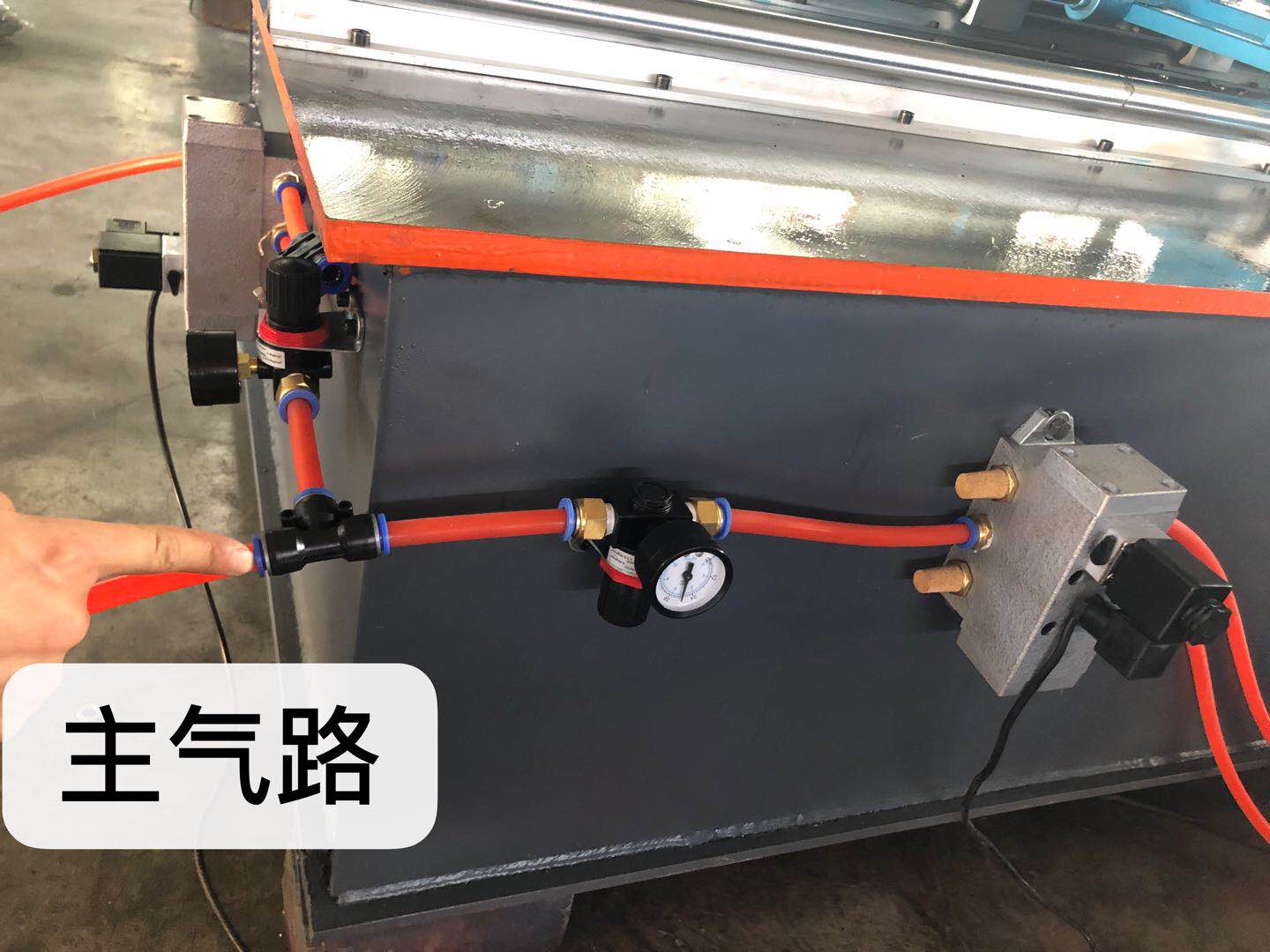
Understanding PPGI Prices Trends and Influencing Factors
Pre-painted galvanized iron (PPGI) has emerged as one of the most versatile materials used in construction and manufacturing industries. With its corrosion resistance and aesthetic appeal, PPGI is often chosen for roofing sheets, wall cladding, and various other applications. However, the pricing of PPGI can be influenced by multiple factors, leading to fluctuations in the market. In this article, we will explore the current trends in PPGI prices and the elements that affect them.
Market Trends
As of late 2023, PPGI prices have shown a notable increase due to a variety of market factors. One primary driver behind the rising prices is the demand for construction materials, which has surged in recent years. With urbanization and infrastructure development projects booming in various parts of the world, the need for PPGI has escalated, putting upward pressure on prices.
Moreover, the global economic recovery post-pandemic has further fueled demand. As industries bounce back, the requirement for high-quality construction materials like PPGI surges. This increased competition among manufacturers and suppliers can often lead to higher prices as companies strive to meet the growing needs of the market.
Raw Material Costs
Another significant factor impacting PPGI prices is the cost of raw materials. The primary component of PPGI is galvanized steel, which is coated with a layer of paint to enhance its durability and aesthetics. The prices of steel and paint are subject to market fluctuations based on supply and demand dynamics, geopolitical tensions, and trade policies. For instance, changes in tariffs on steel imports can lead to increased costs, which are subsequently passed on to consumers.

Furthermore, the availability of raw materials can also play a crucial role. Natural disasters, supply chain disruptions, or production halts in key regions can create shortages, resulting in higher prices for PPGI.
Technological Innovations
Technological advancements in manufacturing processes can influence PPGI pricing as well. Innovations that improve the efficiency of production can lead to reduced costs, making it possible for suppliers to offer more competitive prices. Conversely, investments in new technology can also drive up initial costs, which may take time to recoup through sales.
Additionally, sustainability trends are becoming increasingly important in the materials market. PPGI manufacturers who adopt eco-friendly practices or use sustainable materials may see fluctuations in their pricing structures, reflecting the rising consumer preference for environmentally friendly options.
Conclusion
In conclusion, the pricing of PPGI is a complex interplay of market demand, raw material costs, and technological advancements. As we move forward, it is crucial for stakeholders in the construction and manufacturing industries to stay informed about these trends and factors influencing prices. By understanding the dynamics of the PPGI market, businesses can make more informed decisions and adapt their strategies to navigate the challenges and opportunities that lie ahead. Monitoring the PPGI price landscape will be essential for those aiming to optimize their investments and ensure sustainable growth in their respective fields.